Rhubarb plants are known for their grow-it-and-leave-it quality, making it good for novice gardeners like these 30 low-maintenance veggies. But there are some aspects to consider to ensure you have the healthiest and highest-yielding rhubarb crop year after year. Rhubarb plants can live and produce for an average of ten years if cared for properly—well worth your time and effort!
Here are six useful tips for growing rhubarb that you need to know about.
What Is Rhubarb?
Rhubarb is commonly mistaken for a fruit based on its use in pies and cakes, but technically it is a vegetable. The part of the plant that we consume is the stalk of the plant, making it unlike many of the more common vegetables you see growing in people’s gardens.
The rhubarb plant is a perennial that comes back year after year if taken care of properly. Rhubarb is a cold-weather crop that grows best in USDA hardiness zones six and below. In these zones, your rhubarb plants are more likely to live out to their fullest potential. If you live in zones seven or eight, you may still be able to grow rhubarb, but protecting them from the heat will be important on brutal summer days.
Your plants may be a short-lived perennial in warmer zones, so plan on replanting more often. In even warmer zones such as nine and ten, rhubarb can be grown as a winter annual, meaning it will need replanting each season.
Rhubarb has a bitter taste when eaten raw which is why it is more commonly used in cooking and baking. When combined with other flavors, rhubarb brings a tart flavor that pairs well with many sweet and savory flavors. You will find rhubarb in dishes such as pie, crisps, cake, pork, and poultry. You can also make it into a delicious jelly!
6 Tips For Growing Rhubarb
Although rhubarb is known for being an easy plant to care for, there are some tips to help ensure your plant stays healthy and produces the highest yields. Rhubarb plants are exceptionally long-lived perennials which is something to take into consideration when planting them. A solid start can mean years of heavy production—it’s best to do it right the first time!
1. Harvest Two Stalks At a Time
When you go to harvest your rhubarb stalks, try to harvest only two stalks per plant at a time to keep the plant as healthy as possible. If you need more rhubarb right away, you can safely harvest at least two-thirds of the plant.
Regardless of when you harvest your rhubarb stalks, at least a fourth of the plant should be left behind at the end of the season to promote growth for the following year.
2. Don’t Harvest The First Year
Although you will probably be anxious to harvest your new rhubarb stalks, it is best to leave the plant be for the first full growing season. By leaving the plant alone and avoiding harvest that first year, you are giving it time to establish itself and mature to become an even healthier plant the following year.
If you give your rhubarb that first year to focus on growth, you are setting it up to be a higher producer each season and to live longer than it may have otherwise.
3. Pick The Darkest Red Stalks
On one plant, you may have varying colors of stalks. When choosing which stalks to harvest, go for the ones that have the darkest red color.
These stalks will have the most flavor and are best for cooking or baking. If none of your stalks are a dark red, you may need to wait longer to harvest. Some people prefer the light-colored stalks, although they may not be as tart or flavorful as the red ones.
4. Pick a Good Location
If you are planning on letting your rhubarb plant live to be anywhere close to ten years old, make sure you grow it in a good location the first year. Rhubarb plants do best in full-sun locations, so make sure to plant them somewhere that will receive full sun for the foreseeable future.
You will want to do a little planning ahead of time to make sure your chosen location won’t be in the way of any future landscaping plans, although you can transplant your rhubarb if necessary—better to be avoided if possible!
5. Water Extra Initially
The first two to three years are a time of heavy growth and when a rhubarb plant establishes itself. Although it can produce heavily after the first year, it still requires more energy and the stalks may not reach their full potential at this point.
To give your plants a good start in life, extra water in the early years can help them become more strongly established and build up a solid base for heavy production for years to come.
6. Add Mulch
Rhubarb plants do best in well-drained soil and can be prone to diseases in areas that are not well-drained. Although well-draining soil is the best tool for keeping water from pooling around the roots, some soil cannot be altered to drain well.
If this is the case, consider mulching around your plants to add a drainage factor. You can find our guide to mulching here. Even if you have good soil, adding mulch will only benefit the plants and will help ensure that you have proper drainage.
Caring For Rhubarb
Proper care of your rhubarb plants is essential for keeping your plants alive and healthy. Overall, rhubarb is an easy plant to grow and care for, but there are some conditions that need to be met before you can feel free to ignore your plants too much.
Watering
Ideally, the soil around your rhubarb plants should stay lightly moist at all times. This generally means watering at least once per week, or whenever the surface of the soil starts to dry out. Sometimes rainfall will be enough to water your plants, so it is a good idea to monitor rainfall and adjust watering schedules accordingly—let mother nature do the work if possible!
In the first two to three years, providing some extra water can help your rhubarb plants establish properly, setting them up for good growth in the following years. Without overwatering, you can move to a twice per week schedule if there has been little to no rain that week.
Soil
The soil that you plant your rhubarb in should be well-draining soil to prevent certain diseases from forming. If your soil does not drain well, you can try turning the soil before planting, or remove sections and use a better soil to fill in the holes. There are also products that can be added to the soil, such as perlite, that improve drainage.
Rhubarb does well in soil that has moderate natural nutrients available. Too many nutrients can overwhelm the plant, especially when it’s young, so avoid anything with an added fertilizer. Soil that has organic matter mixed in should provide the ideal nutrient amount for your rhubarb to thrive.
Sun Exposure
Rhubarb plants will grow best in locations that receive full sunlight during the day—at least eight hours. Plants that do not receive enough sunlight may not grow to their full potential and yields may be low. Since rhubarb can live for many years, it is a good idea to take into consideration surrounding plants and objects that may block sunlight in the future.
If you are planting rhubarb in a warmer climate such as zones seven or eight, some shade in the summer may be helpful in keeping your plants healthy. Rhubarb does not tolerate heat well, so heavy sunlight on hot days is not ideal.
Fertilizer
Although fertilizer can be beneficial to your rhubarb plants in later years, it should not be applied in the first year of growth. Adding fertilizer to a young rhubarb plant can result in burning and damage to the plant from the overwhelming amount of new nutrients. In some cases, fertilizer can kill a new rhubarb plant.
After the first year, consider adding liquid fertilizer to your rhubarb plants at the start of each growing season to encourage growth. Organic matter is another option for fertilizing and is preferred by some as a more natural fertilization option.
Dividing Rhubarb
Dividing your rhubarb plant is a fairly simple task that can be done once the plant is fully established and mature. There are a couple of reasons why you may want to divide your rhubarb plant. Maybe you would like to share a rhubarb plant with your family member, friend, or neighbor—or maybe you just want a second plant for yourself! Dividing can also be done to improve the health of a rhubarb plant that has grown too large over the years.
To divide your rhubarb plant, simply dig the root ball out of the ground and split out sections of roots—ensuring there is at least one bud attached to each root section. If you are splitting your plant to promote growth, you will probably want to split it into equal halves so the two plants are roughly the same size. If you are wanting to give starts to others, you can give a small section to each—or the whole half if you’re feeling generous!
Dangers of Growing Rhubarb
When growing rhubarb in your garden, take into consideration that the leaves of the plants are poisonous to humans and should not be consumed. If you have young children in your home, it is a good idea to plant your rhubarb in an area where they do not play to ensure they don’t accidentally get into the plants. In general, It is also a good idea to teach children, younger and older, to leave certain plants alone as some can be dangerous.
If ingested, rhubarb leaves may cause burning in the mouth and throat, diarrhea, nausea, stomach pain, vomiting, eye pain, kidney stones, weakness, and in more severe cases seizures, comas, and kidney failure. If any amount is ingested, it is advised to contact a poison control hotline or 911 especially if extreme symptoms have started to occur.
Diseases To Watch Out For
Rhubarb plants are generally healthy plants that you will have few problems with—as long as they are cared for properly. If conditions are not ideal, you may encounter some diseases that will need remedying. Being on the lookout for these diseases can help you know how to adjust the growing conditions to better the surrounding environment for your rhubarb plants.
Root Rot
Root rot is caused by an overabundance of water that has pooled around the roots, causing soggy and infected root systems. This disease is very serious for rhubarb plants and can be detrimental to their health. If not taken care of, root rot can kill your plants and infect the immediate area, making it an ungrowable location for future plants.
Root rot can be identified by wilting leaves that eventually start to brown and die, followed by wilting stems. If caught early enough, it can be treated by removing the plant from the ground and lightly cleaning the roots with a damp towel. The plant should then be transplanted to a location that has not had root rot present within the last four to five years.
Ascochyta Leaf Spot
Ascochyta leaf spot is a common disease found on rhubarb plants which can be identified by small yellowish-green spots that form on the leaves. These spots may occur as blotches or as defined areas on the leaf. Eventually, the leaves will start to brown, die, and fall off the plant if the disease is not taken care of in time.
To avoid ascochyta leaf spot, make sure your rhubarb plant is not being overwatered. You can generally get rid of this disease by removing infected leaves or areas—if these areas are small. Any infected pieces or removed plants should be discarded far away from other plants, as the disease can spread quickly.
Ramularia Leaf Spot
Ramularia leaf spot is similar to ascochyta leaf spot but produces red spots—also called rust spots—on the leaves or stalk and can result in dead leaves and damaged tissue. A white fungus may also start to form on your plants if the diseased areas are not removed soon enough.
Just like ascochyta leaf spot, removing any infected areas is the most effective way to handle this disease. Since the disease can spread from plant to plant, it is important to catch it early on and properly remove any infected plant matter.
Growing Rhubarb: Mostly Hands-Off!
Growing rhubarb is a gardening task that requires very little effort or skill. With time, you’ll be able to grow a bounty of this delicious vegetable for use in all of your favorite recipes. Just follow these tips and you’ll be off to a great start!

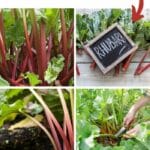
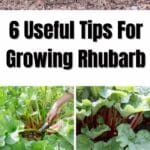
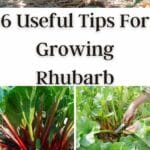
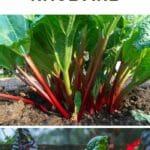
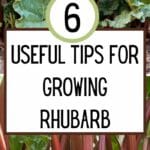
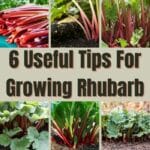
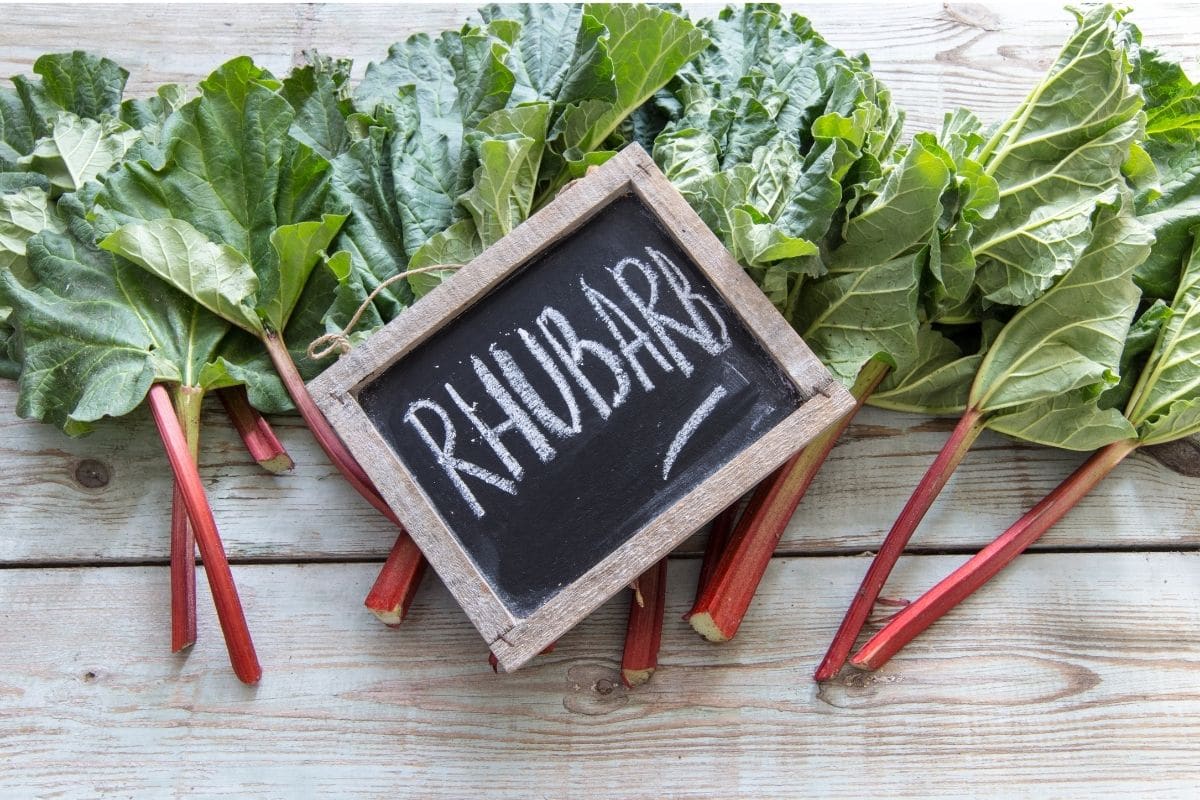
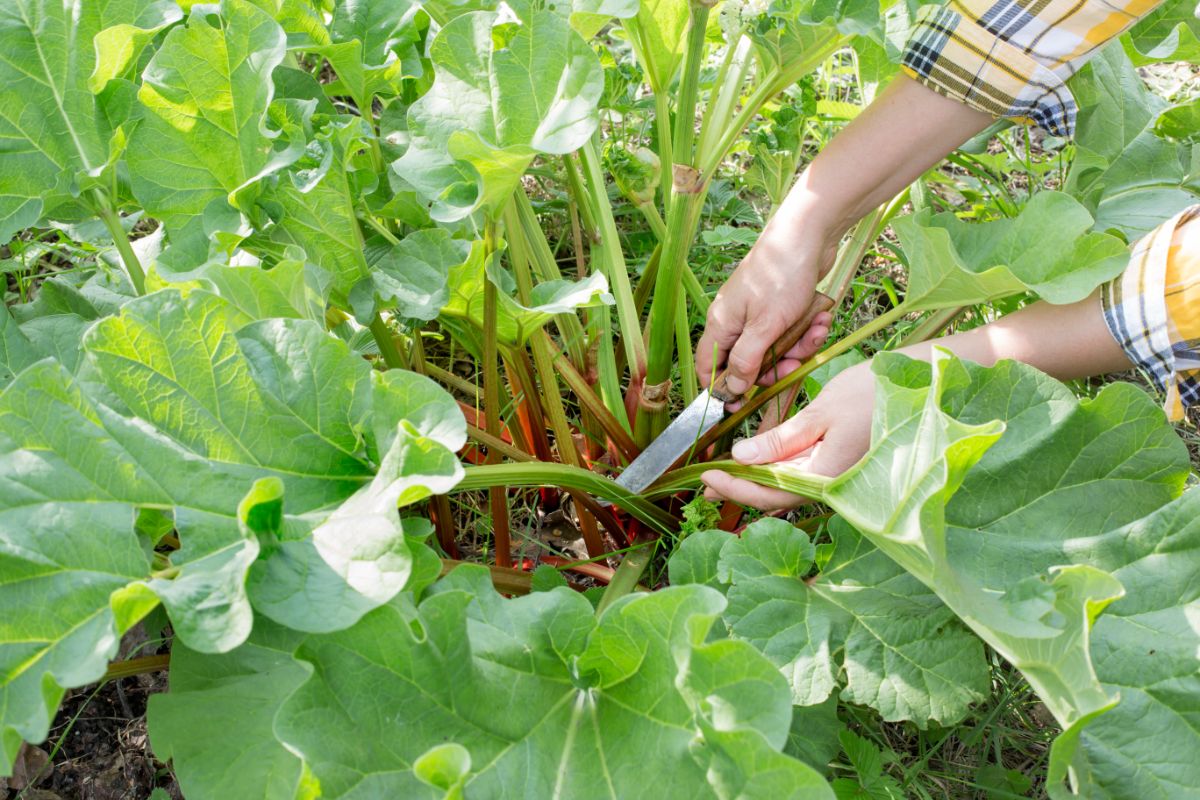
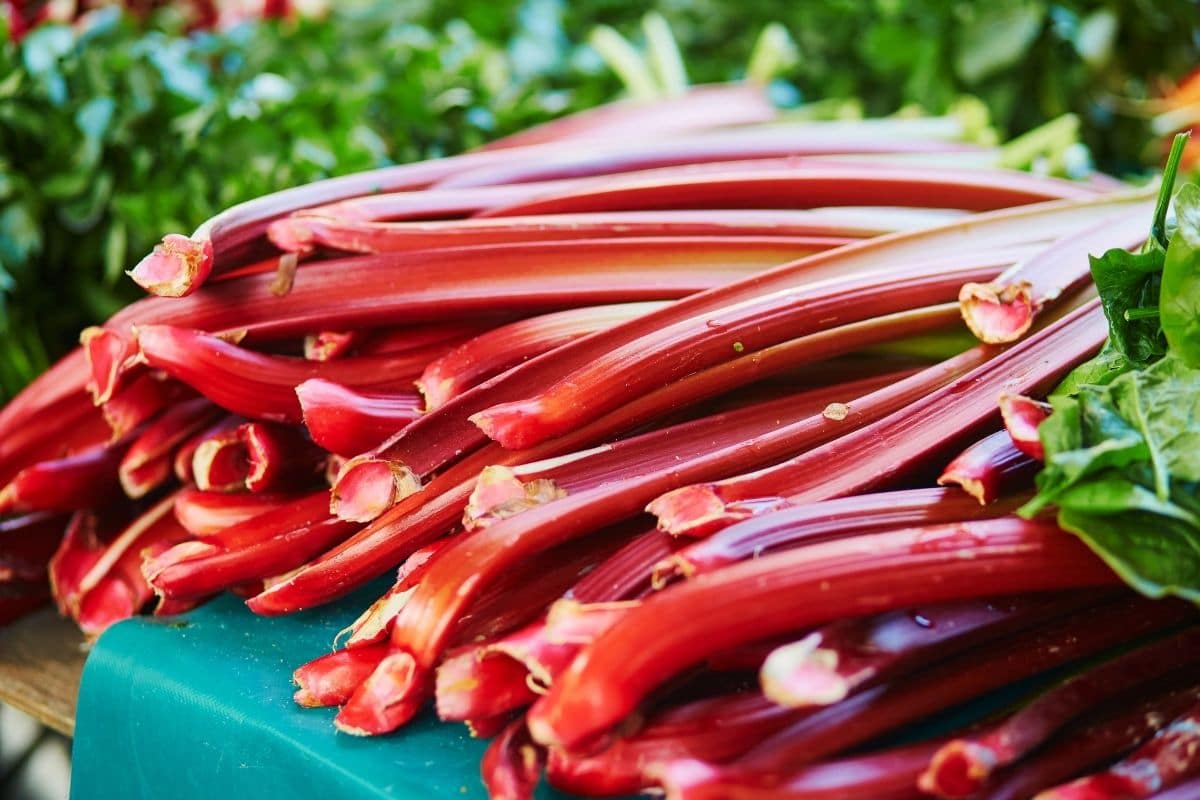
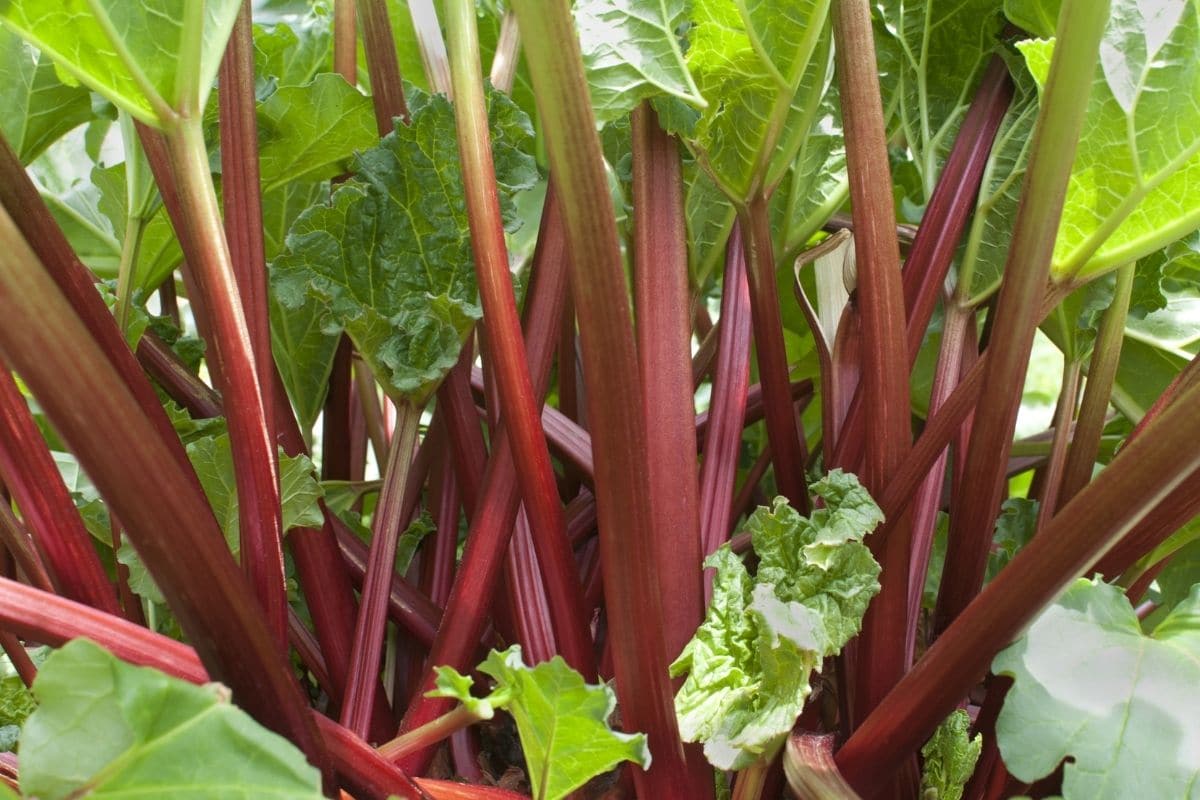
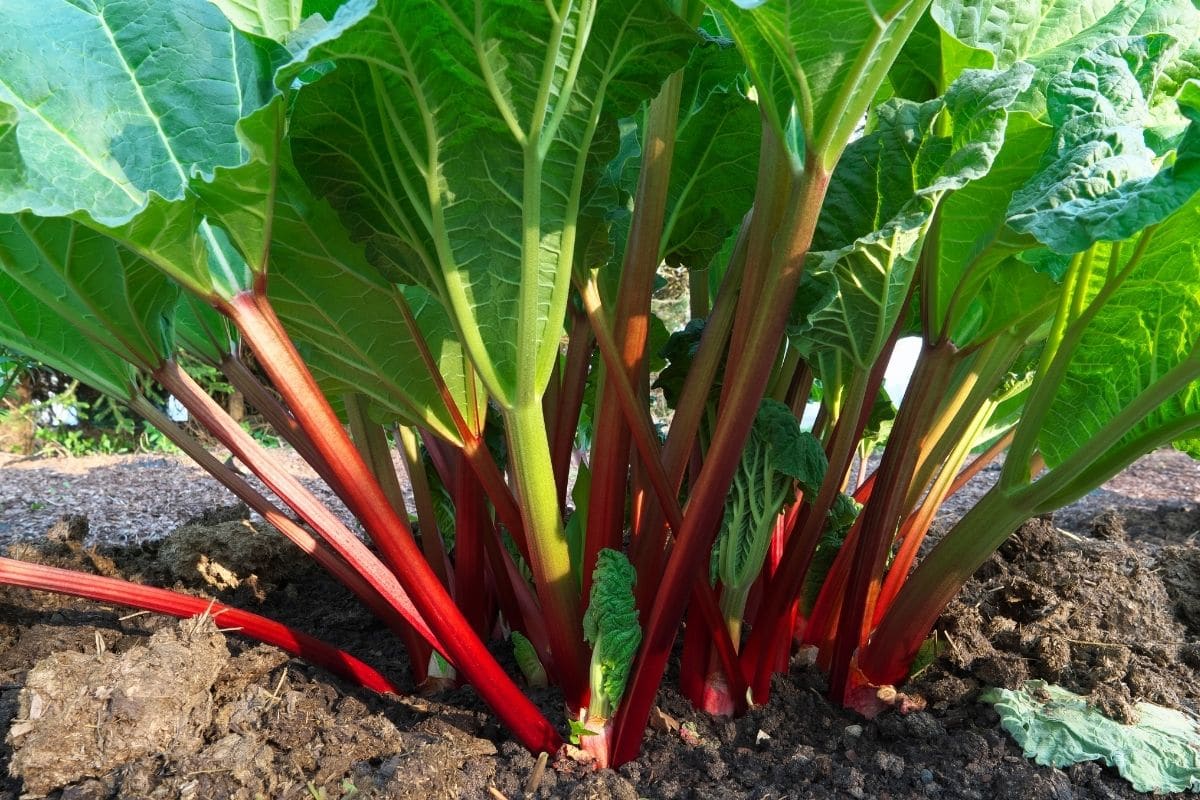
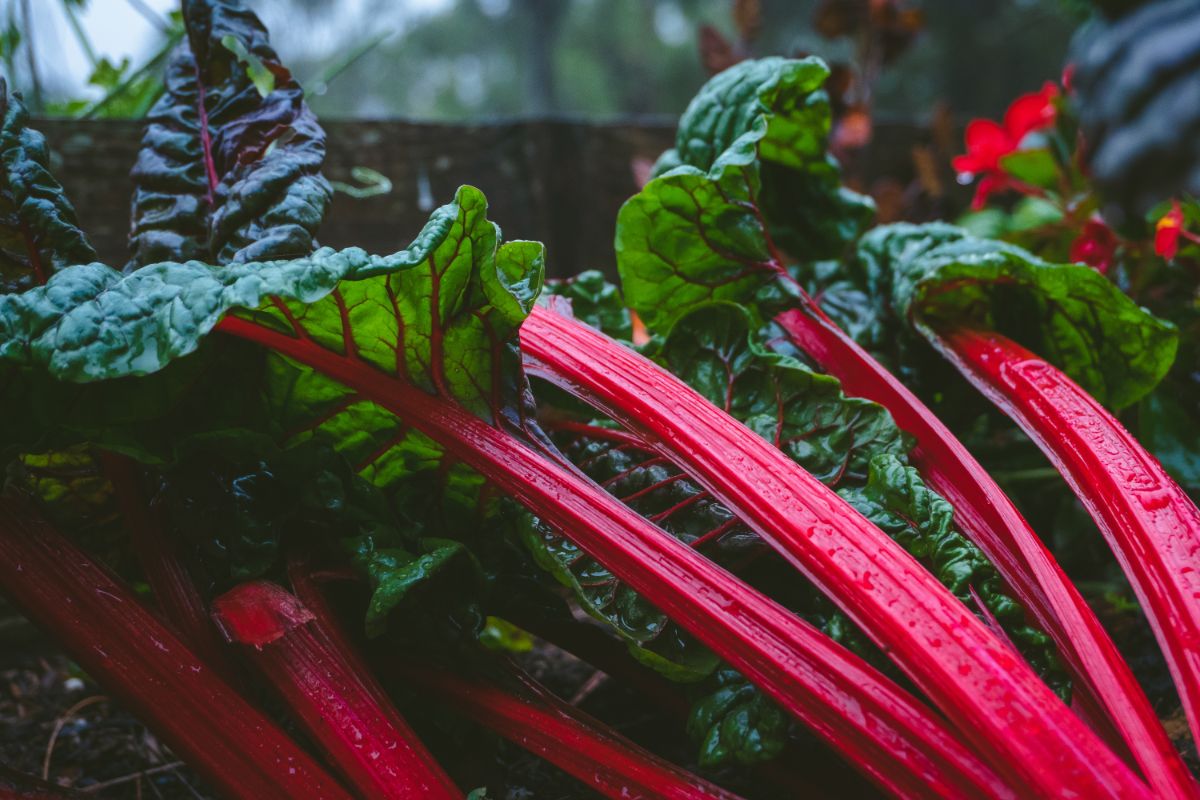
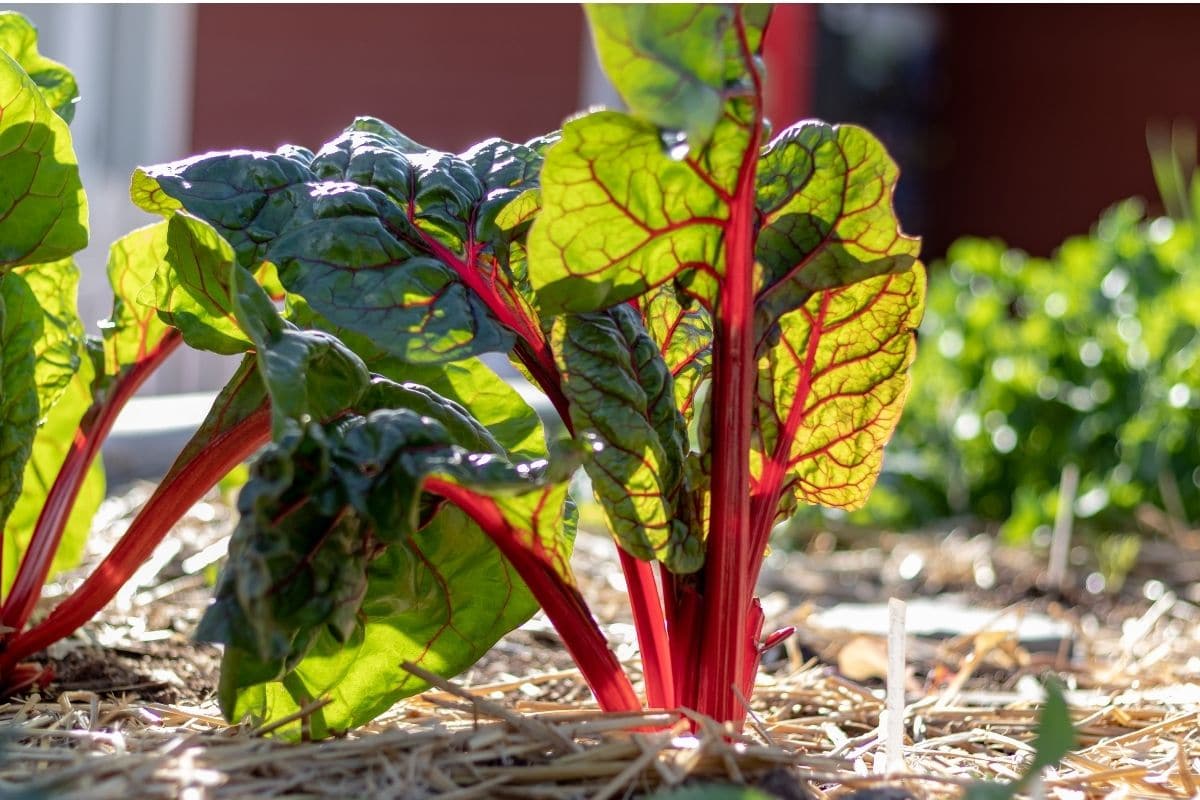
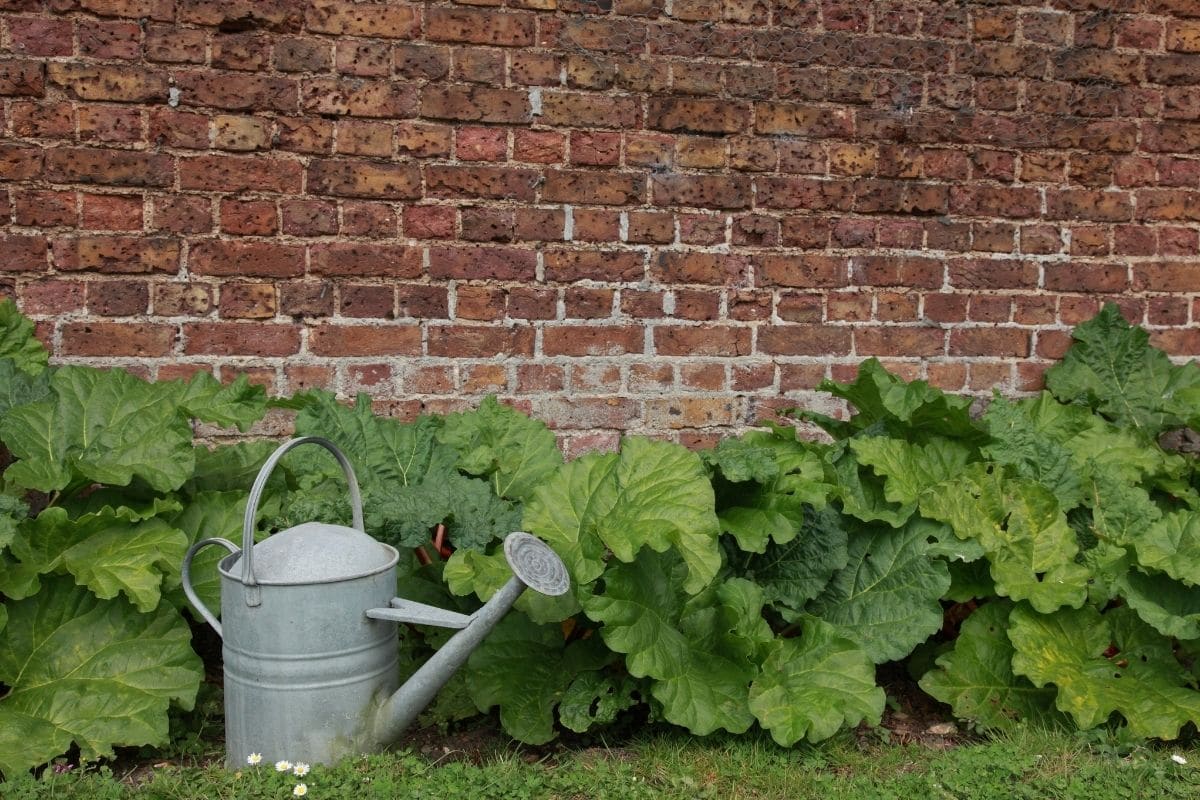
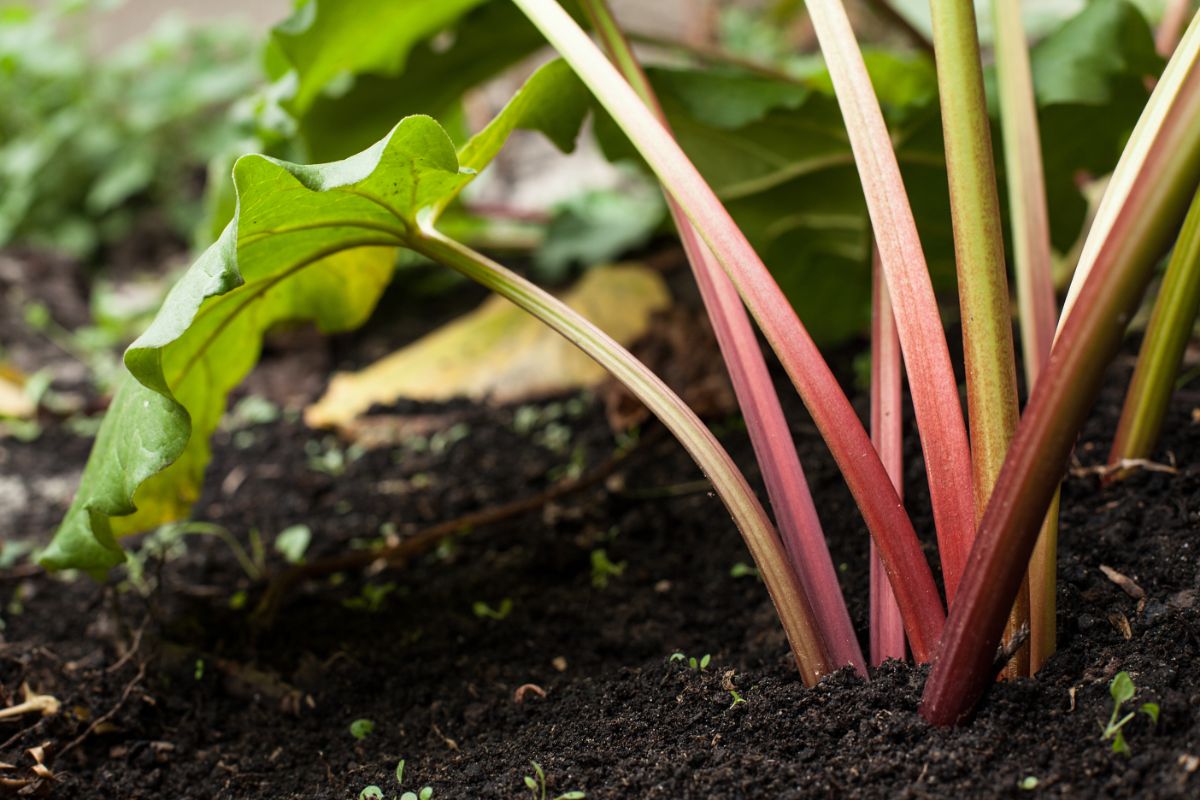
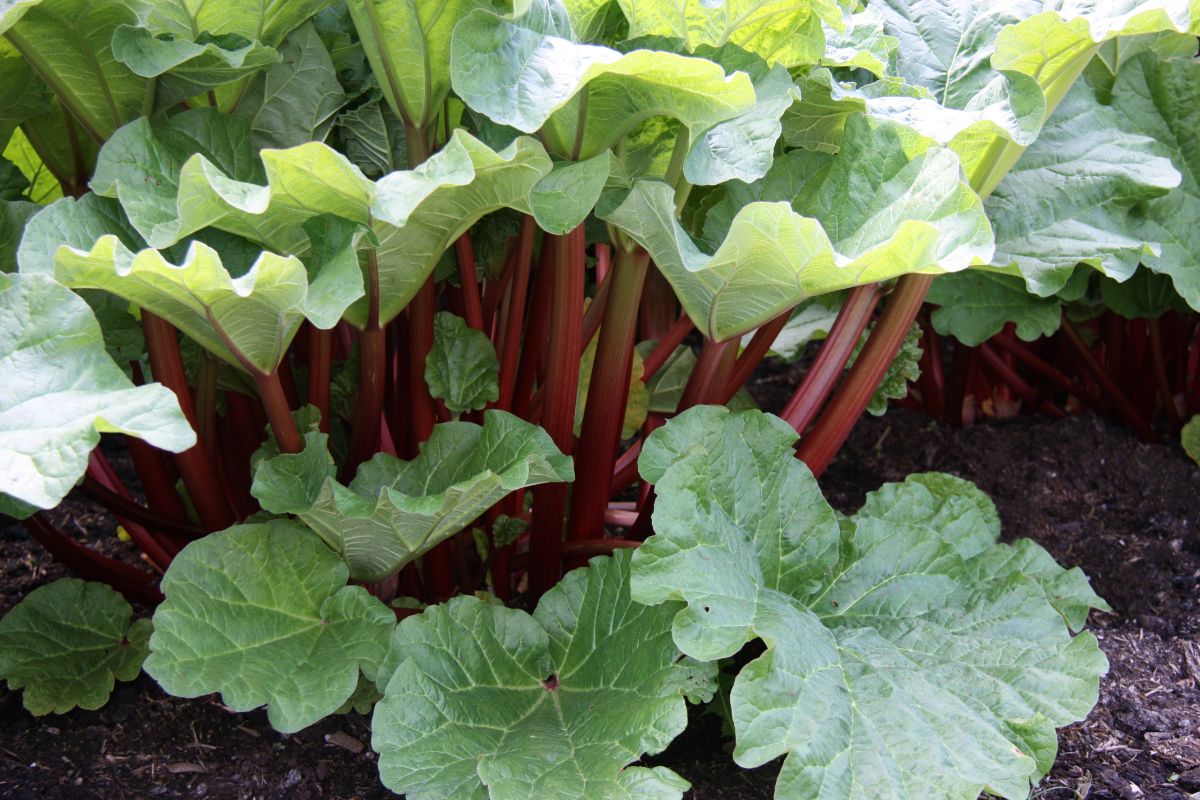
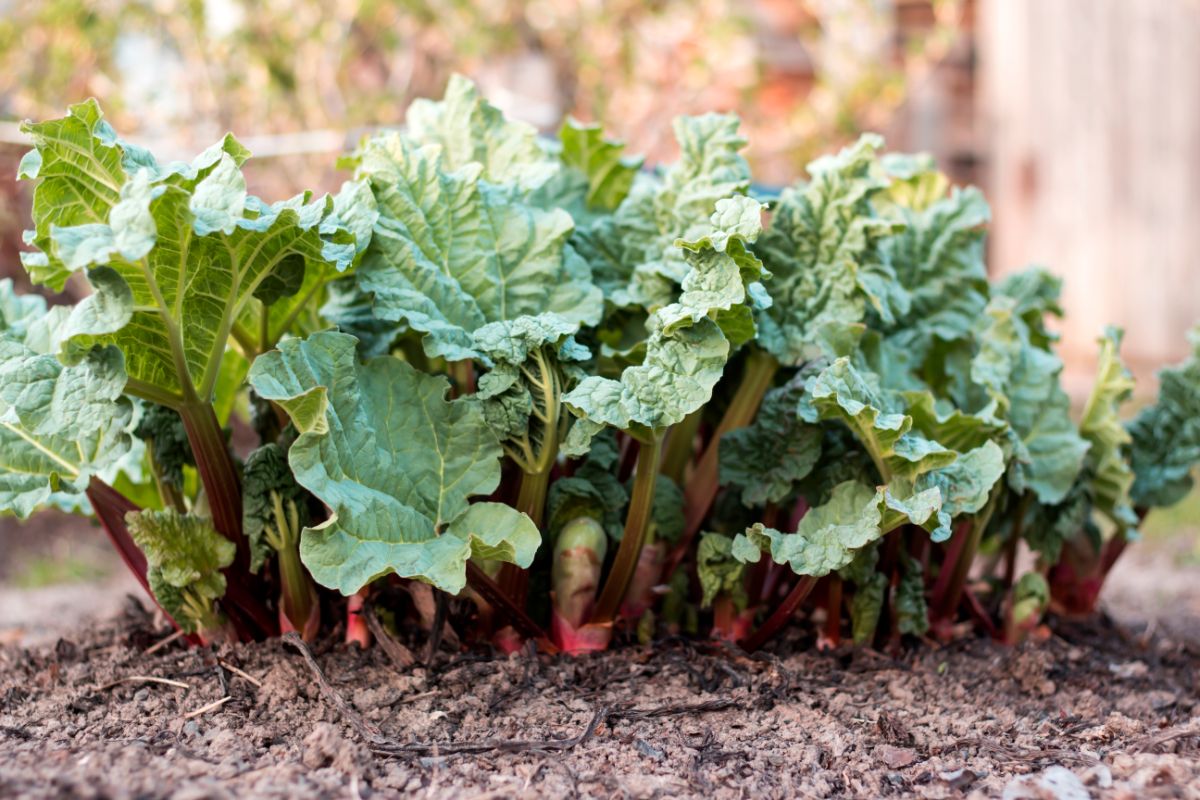
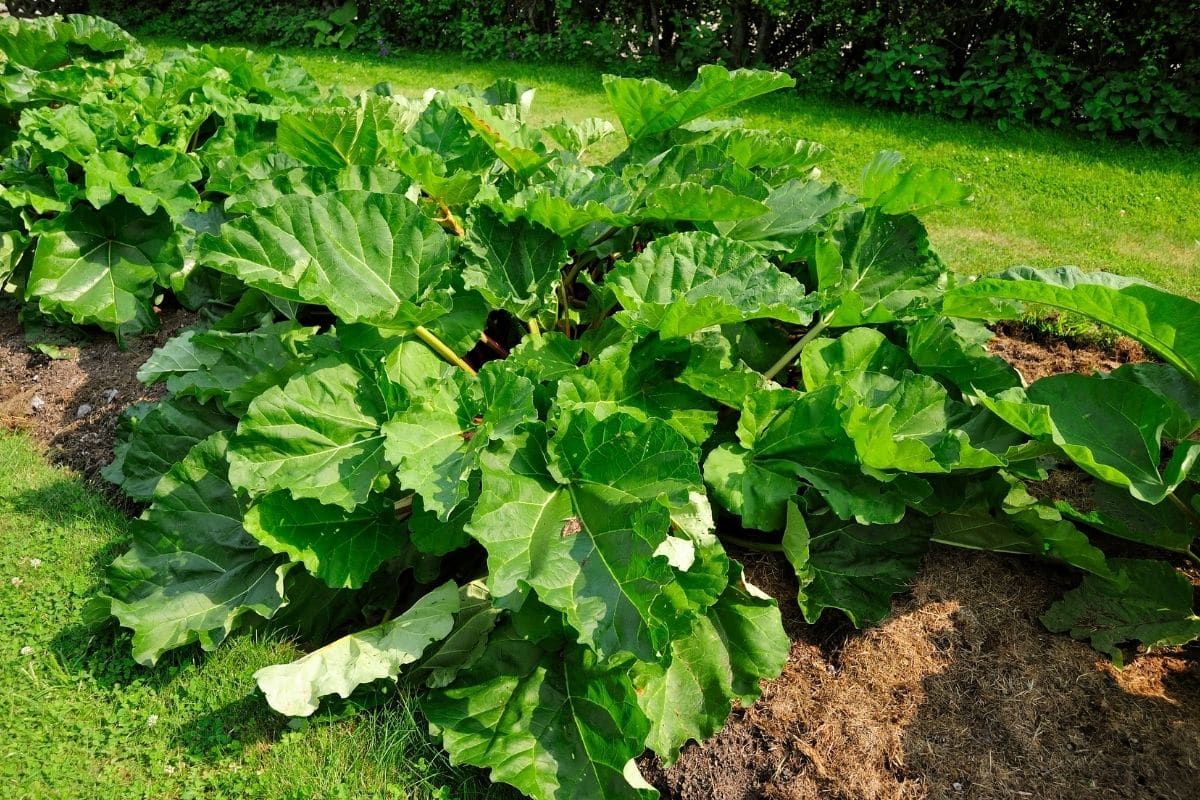
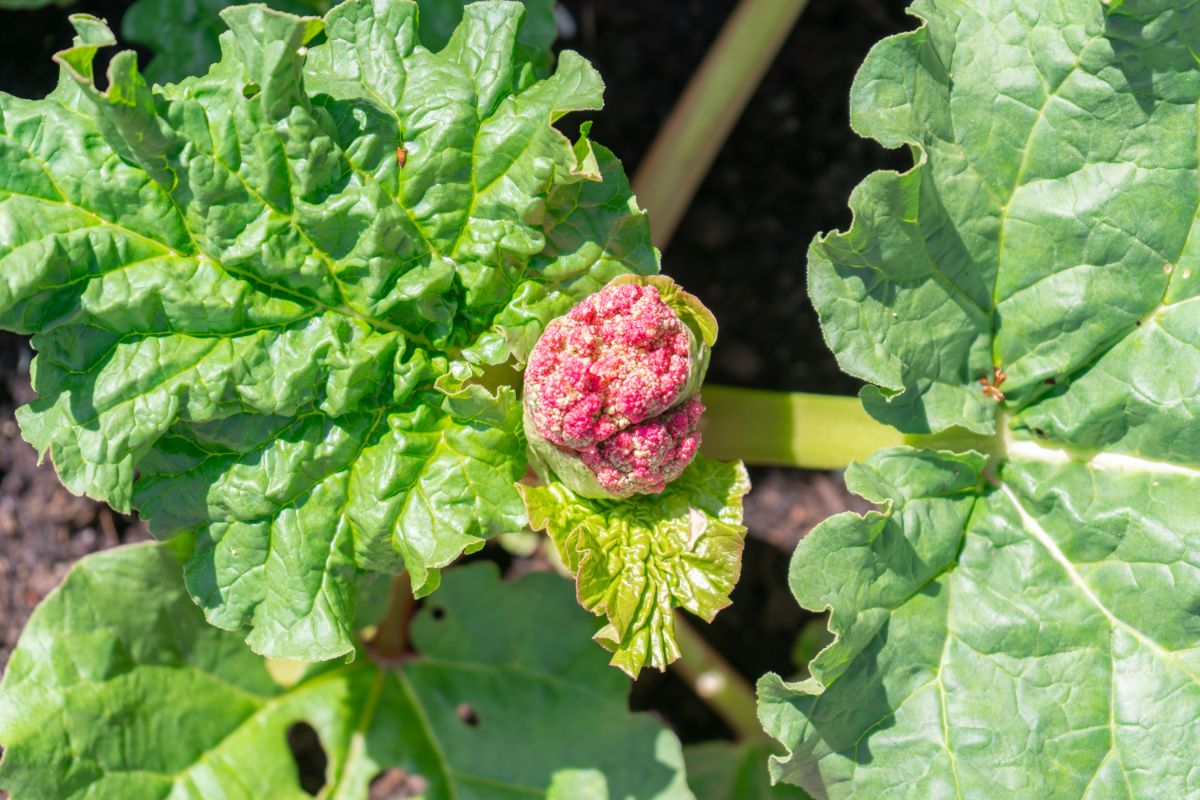


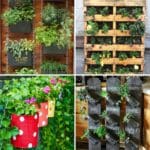

Leave a Reply